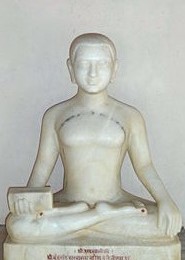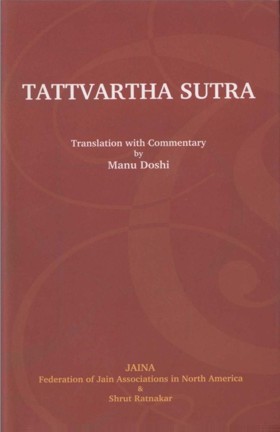09.18 Ekādayo Bhājyā Yugpadaikonvinshateh
Audio: Sanskrit: समयिकच्छेदोपस्थाप्यपरिहारविशुद्धिसूक्ष्मसम्पराययथाख्यातानि चारित्रम् ।
Hindi: सामायिक, छेदोपस्थापन, परिहार,विशुद्धि, सूक्ष्मसम्पराय और यथाख्यात - ये पांच प्रकार के चारित्र है।
09.18
English: Charitra consists of Sāmāyik, Chhedopasthāpan, Parihārvishuddhi, Sookshmasamparāy and Yathākhyāt.
The next important factor in prevention of Karma is Charitra. It means putting the precepts into practice. As such, the endeavor to develop purity is Charitra. The term is, however, used here in the context of monastic life. Since observance of equanimity is the essence of monastic life, Charitra is considered of the following five types depending upon the degree of such observance
 Acharya Umaswati
Acharya Umaswati
